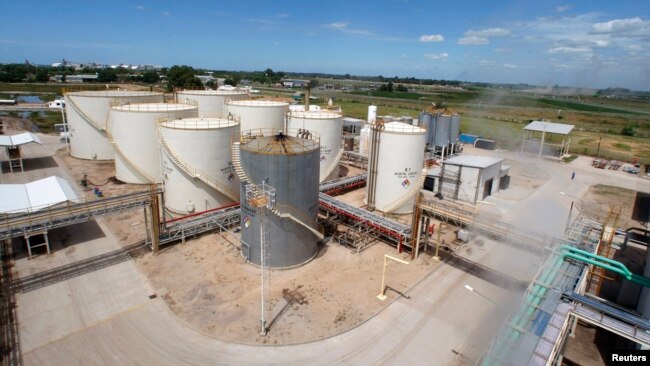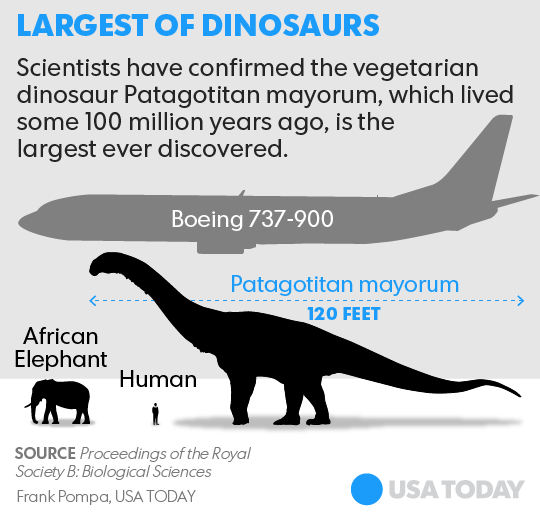Christopher Barker, a leader of a Ku Klux Klan chapter in North Carolina, agreed to meet for an interview at his home late last month with Ilia Calderón, a Colombian news anchor for Univision based in Miami. He was told the interview would be conducted by a Hispanic “woman of color.”
But when Barker saw Calderón step out of a car and onto his property near Yanceyville, N.C., the KKK leader appeared taken aback, according to Calderón and her producer, María Martínez-Guzmán. He had expected someone like the rest of the predominately Hispanic, lighter-skinned news crew, they said.
But Calderón is black. Barker told her she was the first black person to step on his land in his 20 years of living there.
Barker is the “imperial wizard” of the Loyal White Knights of the KKK in Pelham, N.C., a group that would later participate in a deadly white supremacist rally in Charlottesville. Calderón is a U.S. citizen and Colombian immigrant.
Univision planned the interview with Barker and his wife, Amanda Barker, months in advance to provide viewers with an up-close look into a white supremacist’s views, Calderón told The Washington Post.
It was an interview that quickly turned hostile.
As Calderón pressed Barker on his views, he called her the n-word and told her to go back to her country. He also appeared to threaten her.
“Why don’t you go back?” Barker said in the interview, which Univision aired Sunday night. “We have nothing here in America, ya’ll keep flooding it. … We’re going to chase you out of here.”
“Are you going to chase me out of here?” Calderón responded.
“No, we’re going to burn you out,” he said.
“How are you gonna do it?” she retorted.
At one point, she asked him how he would burn out the 11 million unauthorized immigrants in the country.
“Don’t matter,” Barker said. “We killed six million Jews the last time. Eleven million is nothing.”
“You’re telling me you’re going to burn me,” Calderón also said, to which he responded: “Yeah, you’re sitting on my property now.”
At times, Calderón said she feared for her safety, though Barker never followed through with any of his threats.
The program, broadcast in Spanish on Univision’s “Aqui y Ahora,” spurred a slew of reactions on social media. Many viewers praised Calderón for her “courage” and “professionalism,” and commended the Spanish-language media company for shedding light on the KKK’s “disgusting” views.
But others criticized Univision for the interview, calling it “sensationalized” and claiming the network made Calderón appear a victim in an attempt to get ratings.
Calderón told The Post she had volunteered to do the interview, in order to show her Latino viewers that “these groups are alive.” She had been nervous to meet Barker, but she had never expected to feel as insulted and threatened as she did during the encounter.
“I represent the things that they hate: I am black, I am Hispanic, I am an immigrant,” she said. Her own family reflects a merging of cultures. The Colombian native moved to the U.S. 16 years ago, and has since married a Korean American physical therapist. Their young daughter, Anna, is multiracial.
Calderón struggled at times to understand Barker, partly because English is her second language and because of his accent. She didn’t initially understand one of the terms he called her: mongrel.
“I’ve been here over 20 years and we’ve never had a black person or whatever you want to call yourself, you’re a mongrel to me,” Barker said. “We’ve never had one. We don’t let them around.”
Calderón frequently pushed back on his views, and told him she found his language offensive. “My skin color doesn’t define me,” she said.
“I’m way more superior than you’ll ever be,” Barker said.
As the Univision crew filmed, other members of the Loyal White Knights joined the Barkers to perform a cross-burning ceremony. They held torches and circled a cross, chanting “For race, for God, for nation, for the Ku Klux Klan.”
At one point during the interview, Calderón asked him if, hypothetically, he would be willing to accept an organ donation from her to one of his children, if she was deemed a match. He told her it was not possible, Calderón recalled, claiming that his blood was not the same as hers because of their different races.
Barker denied that he led a hate group. Both he and his wife said they “don’t hate anyone,” were “not racist” and do not condone violence.


















